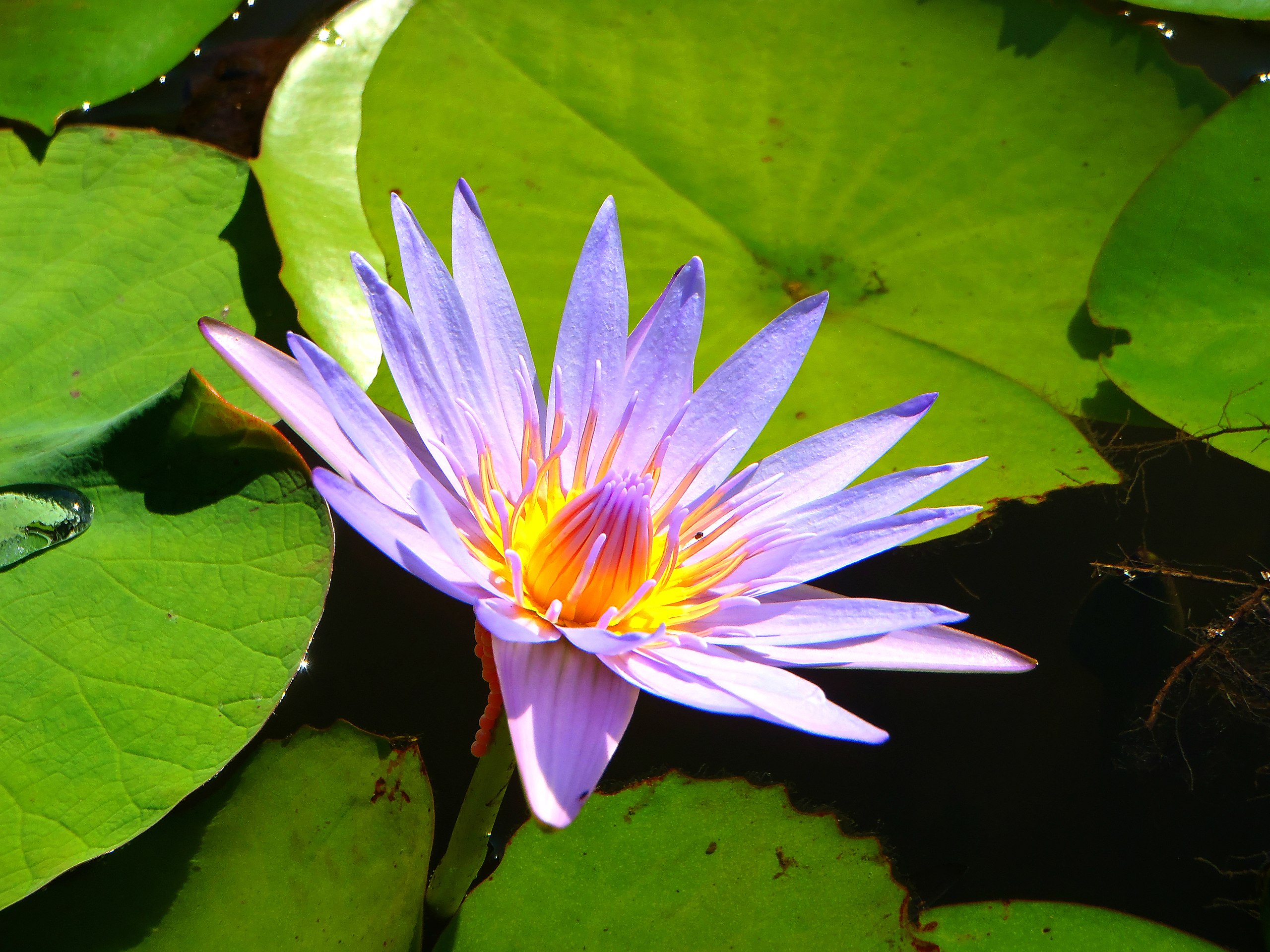Water lilies (Nymphaeaceae)

Massive floating-leaf plants?
Where?
Grows mostly in sunny locations with slow flowing and stagnant waters with water depths of min. 80 cm.
Appearance?
The most common water lilies are perennial herbaceous aquatic plants, anchored by a long rhizome from the soil surface. Alternating aquatic and floating leaves are formed, in a heart-shaped to arrow-shaped or oval to roundish form with a characteristically incised leaf blade. Flowers rise from July to September above the water surface and can be of different colors depending on the species..
Special Features?
Some pond and water lilies can be toxic, especially the white water lily can cause respiratory paralysis.

Nymphaea daubenyana - "Starr 010914-0052 Nymphaea sp." by Forest & Kim Starr is licensed under CC BY 3.0

"Nymphaea caerula" by Palmbeaches974 is licensed under CC BY-SA 3.0
This website uses no external trackers, no analytics, just session cookies and values your online privacy.
